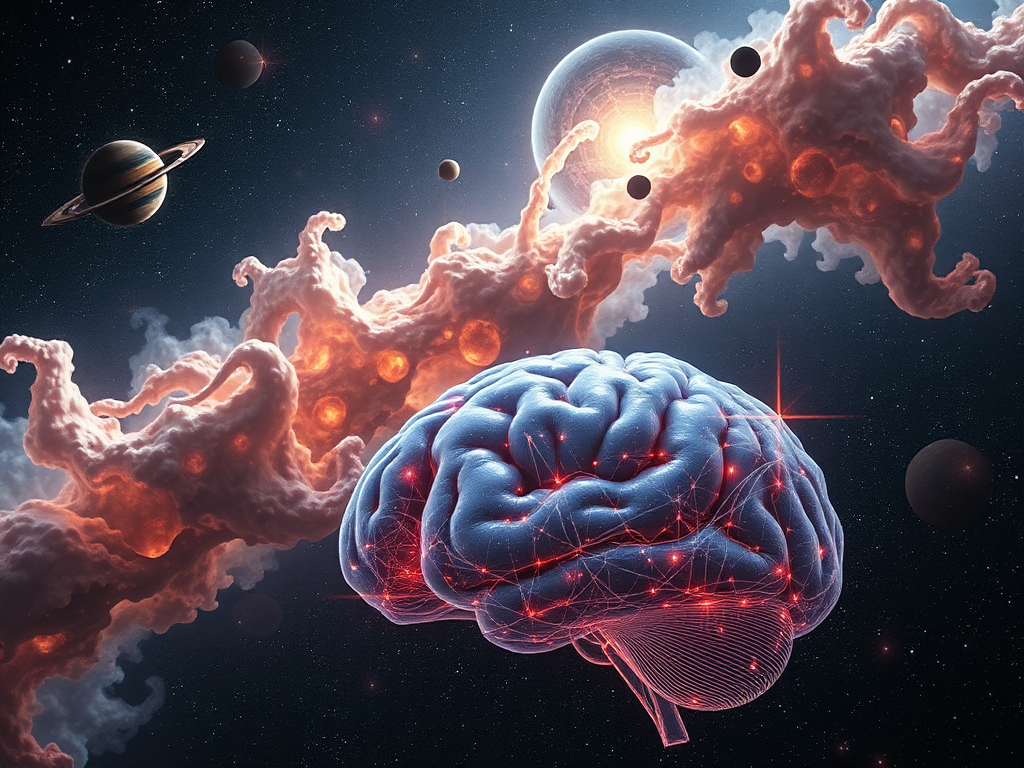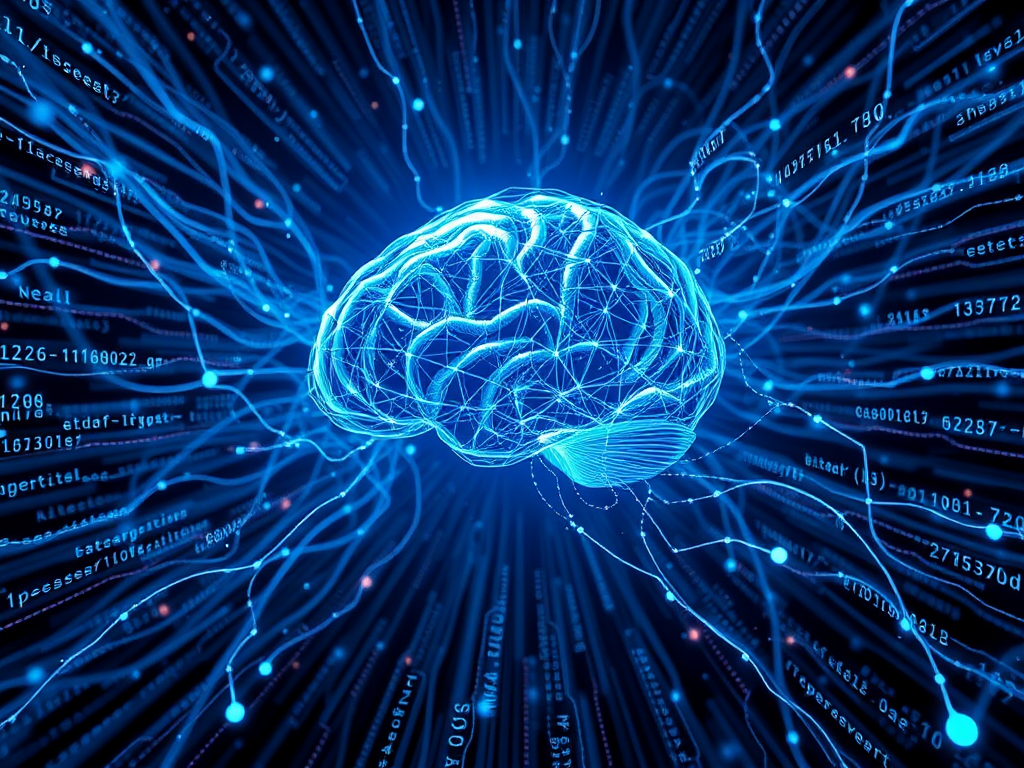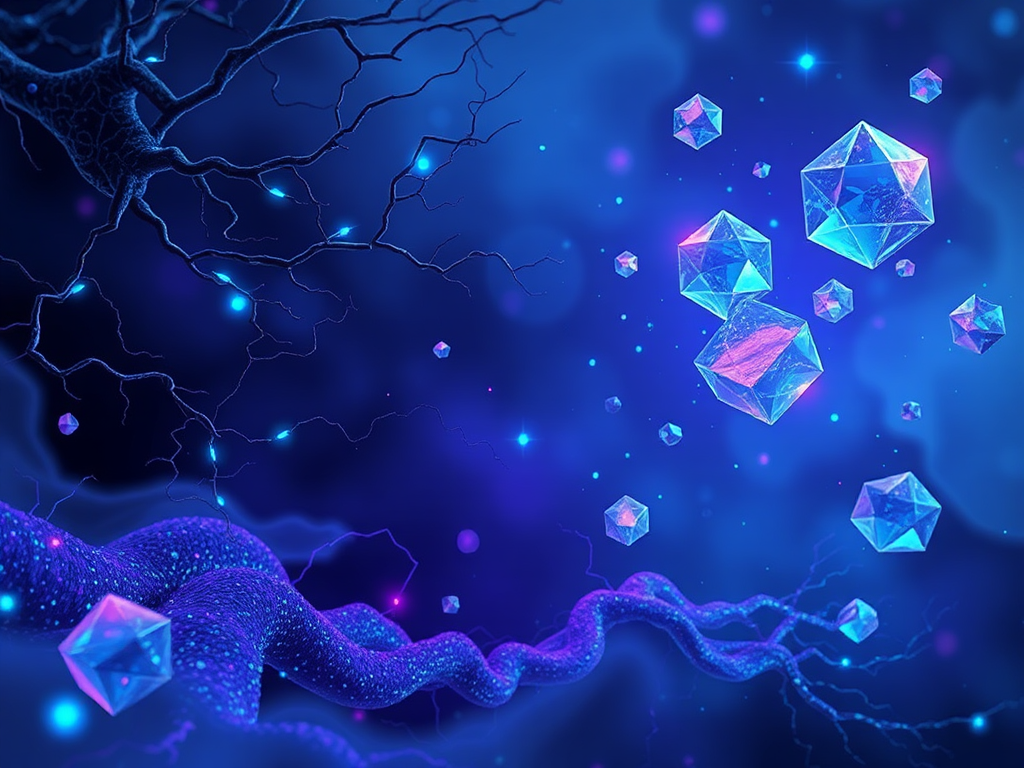Hey folks! Have you been getting tangled up in deep learning lately? Don't worry, today we're going to get to the bottom of it and make sure you thoroughly understand this amazing technology. As a seasoned Python programming blogger, I swear to use the most straightforward language to unveil the mysterious veil of deep learning for you. Let's embark on this brain-teasing adventure together!
The First Step for Beginners
I believe many people have a sense of fear about deep learning, always feeling it's profound and abstruse. But don't worry, as long as you take it step by step, any complex thing can be broken down and understood. To learn deep learning, you must first lay a solid foundation in machine learning. It's just like if you want to learn advanced mathematics, you must first firmly grasp the concepts of elementary mathematics.
For beginners, I strongly recommend starting with basic machine learning courses. There are many high-quality online resources to help you quickly understand basic concepts such as supervised learning and unsupervised learning. Once you're familiar with these, learning about neural networks and deep learning frameworks will be much easier. Don't you agree?
Of course, just looking at theoretical knowledge isn't enough; you need to get hands-on practice. But don't worry, there are plenty of tutorials online that will guide you step by step on how to implement various deep learning models using Python. Follow along and do it yourself, and you'll experience the joy of programming.
The Core of Deep Learning
Alright, through the above groundwork, I believe you now have a preliminary understanding of deep learning. So, what are its core ideas and key concepts? Let's unravel the mysteries one by one.
First are epochs and steps, two concepts you'll definitely encounter during the training process. Simply put, an epoch is one complete pass through all the training data; while a step is reading one batch of data for calculation and weight update. Their calculation method is simple, for example, epochs = total number of samples / batch_size. Once you grasp this, you'll have a clear understanding of the progress of model training.
Another important concept is the loss function. Different tasks require different loss functions for optimization, otherwise the results can be terrible. For example, the binary cross-entropy loss function you mentioned would be very inappropriate for that house price prediction problem, as it's mainly used for classification tasks. For regression problems, more appropriate choices would be mean squared error or mean absolute error, etc. Once you master this technique, you'll be able to choose the best loss function based on specific situations, greatly improving the performance of your model.
Implementation and Optimization
Now that we have the theoretical knowledge, let's look at how to implement and optimize deep learning models at the code level. You may have heard of the AdaGrad optimizer, which can dynamically adjust the learning rate based on parameter updates, thus speeding up convergence.
I'll show you an example of implementing AdaGrad from scratch, while visualizing it on a logistic regression problem. Through this example, you can not only grasp the principles of the optimizer but also learn how to visualize the model training process, directly observing the convergence of the model. How about that, pretty useful, right?
Besides optimizers, we should also mention the attention mechanism. You might ask, in multi-head attention layers, can the Q and K matrices be interchanged? The answer is yes! Because the attention score only depends on the dot product of Q and K, and is not related to their specific order. However, in general, we still follow the convention of Q multiplied by K, which makes it easier to stay consistent with documentation.
Practical Tips
Alright, now that we've learned about theoretical knowledge and basic implementation, it's time to share some practical tips. During the process of training deep learning models, you'll often encounter various problems, which require us to constantly accumulate experience and innovate solutions.
For example, do you have this need: when training an LSTM autoencoder, use a different dataset for each iteration? Sounds crazy, right? But as long as you arrange the data reading process reasonably, this goal is completely achievable. The advantage of this approach is that it can maximize the use of all available data and enhance the model's generalization ability.
Another example, if you only have a bunch of images but no label folders, can you still use YOLOv8 for classification tasks? Of course you can! YOLOv8 provides a great feature that can cluster images, and then humans can label each cluster. This not only saves time on manual annotation but also ensures data quality, truly killing two birds with one stone.
Lastly, I'll share a small tip. When using Keras to build custom encoder-decoder models, you might encounter a "not built" error. No worries, you just need to explicitly call the model's build method in the test script, and the problem will be solved easily. Small bugs can be frustrating, but as long as you master the correct problem-solving approach, you can handle various situations with ease.
In Conclusion
Alright folks, that's all I have to say about deep learning for now. See, it's not as profound and abstruse as you imagined. As long as you master the correct learning methods and study patiently, you can definitely master it step by step. Of course, this is just a beginning; there's much more excitement waiting for you to discover and explore in the future.
So, what deep learning application scenario are you most interested in? And how do you deal with the difficulties you encounter? Feel free to leave a comment, and we can exchange ideas and learn from each other. I look forward to your sharing! The learning journey is the most interesting adventure. Let's set sail together on this path and write our own legendary chapters!







